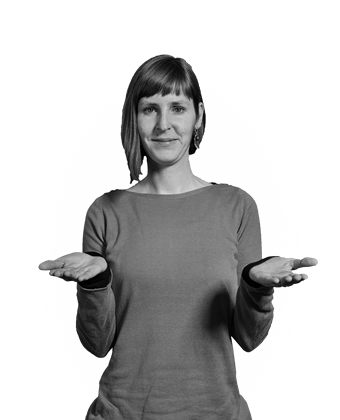Letná Park is a part of the unmissable green belt, stretching along the left bank of the Vltava River, from the Kinský Garden through Petřín, Prague Castle Gardens, Chotkovy sady and Letná, all the way to Holešovice. Its elevated position on the fringes of the historical centre, make Letná Park a popular destination for tourists and locals, who come here at all hours of the night and day, to get an unforgettable view of the city and the tranquil Vltava River with its many bridges.
It is as though life in Letná Park never stops, especially on beautiful days. During the day you will find mothers with prams, dog owners with their four-legged mates, different groups of people, pétanque players, tennis players and other sports people. Thanks to the flat area and the dense network of asphalt paths, Letná Park and the nearby Letná Plain are sought-after places for joggers and roller-skaters. In the evenings, people meet here to have a beer at any of the local pubs and beer gardens, or they just come to hang out with their friends or sit on the grass and chat.
In the summer months, the extensive area of Letná Plain regularly hosts Letní Letná (Summer Letná), a festival of Contemporary Circus, theatre, music and visual arts, and occasionally other cultural events are held.
As soon as the wind gets stronger in autumn, the un-wooded part of Letná Plain comes alive with parents and their kids flying kites.
The dominant feature of the park is the red metronome, where, in the years 1955–1962, there stood the largest group sculpture in Europe – the shrine to J. V. Stalin, unceremoniously nicknamed “the meat queue”. But Stone Stalin did not enjoy his regal status for too long. Shortly after Khrushchev’s criticism of Stalin and his personality cult, the Czechoslovak comrades decided to demolish the monument. Since 1991, the freed space on the pedestal was taken by the metronome, known as the “Time Machine”. Originally meant as a temporary installation, placed here on the occasion of the General Czechoslovak Exhibition in Prague, it seems to have “settled” in, and still stands to this day. And the space behind the metronome has been taken over by local skateboarders and roller skaters.
The Neo-Renaissance restaurant now known as Letenský Zámeček (Letná Chateaux) is a reminder that the history of Letná Park as a city park dates back to the middle of the 19th century. The first cableway in Prague led straight to the chateaux, and it was opened in 1891 (along with the Petřín cableway), on the occasion of the Jubilee Exhibition. What’s more, the cableway was connected to the Křižík’s electric railway – the first electric tram line in Prague, and this could take you all the way to Stromovka.
Another feature worth mentioning is the architecturally interesting building of the Prague Expo 58, which is now a restaurant. This is the last reminiscence of Prague Expo 58, as an exhibition pavilion, which was also part of the Brussels Exposition. It burned down in 1991.
Another interesting landmark is the merry-go-round, the oldest of its kind in Europe. The carousel dates from the end of the 19th century and is equipped with 4 cars and 19 horses covered in genuine horse leather upholstery! Unfortunately, it is currently under reconstruction and we can only hope it will soon be open to the public again.
Right at the end of Letná Park, is an unusual tower structure – this is the Hanavský Pavilion, which was placed here following the Prague Jubilee Exhibition in 1891. At the exhibition, it was the representative pavilion of the Komárov Ironworks of Duke Hanavský, for whom it is now named.

